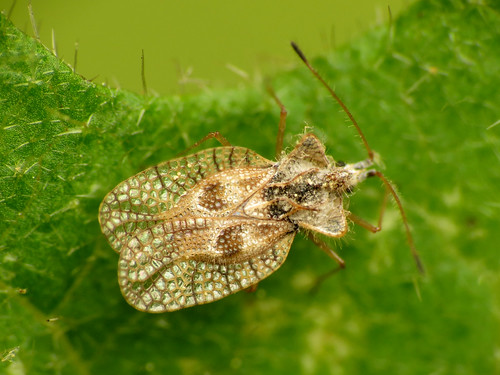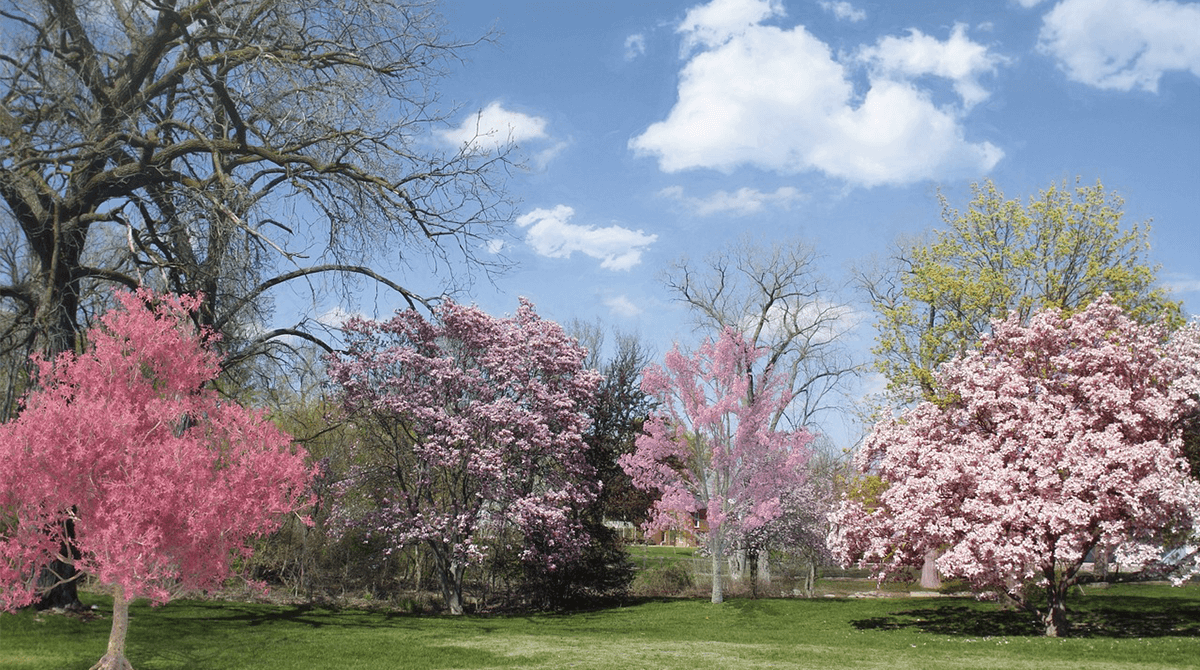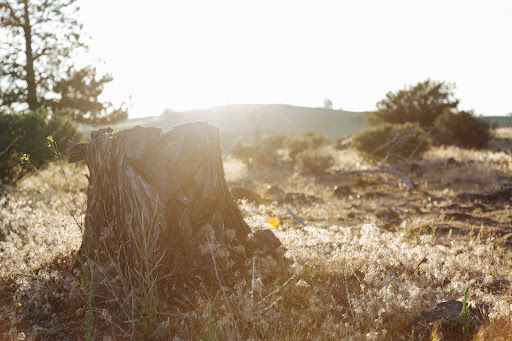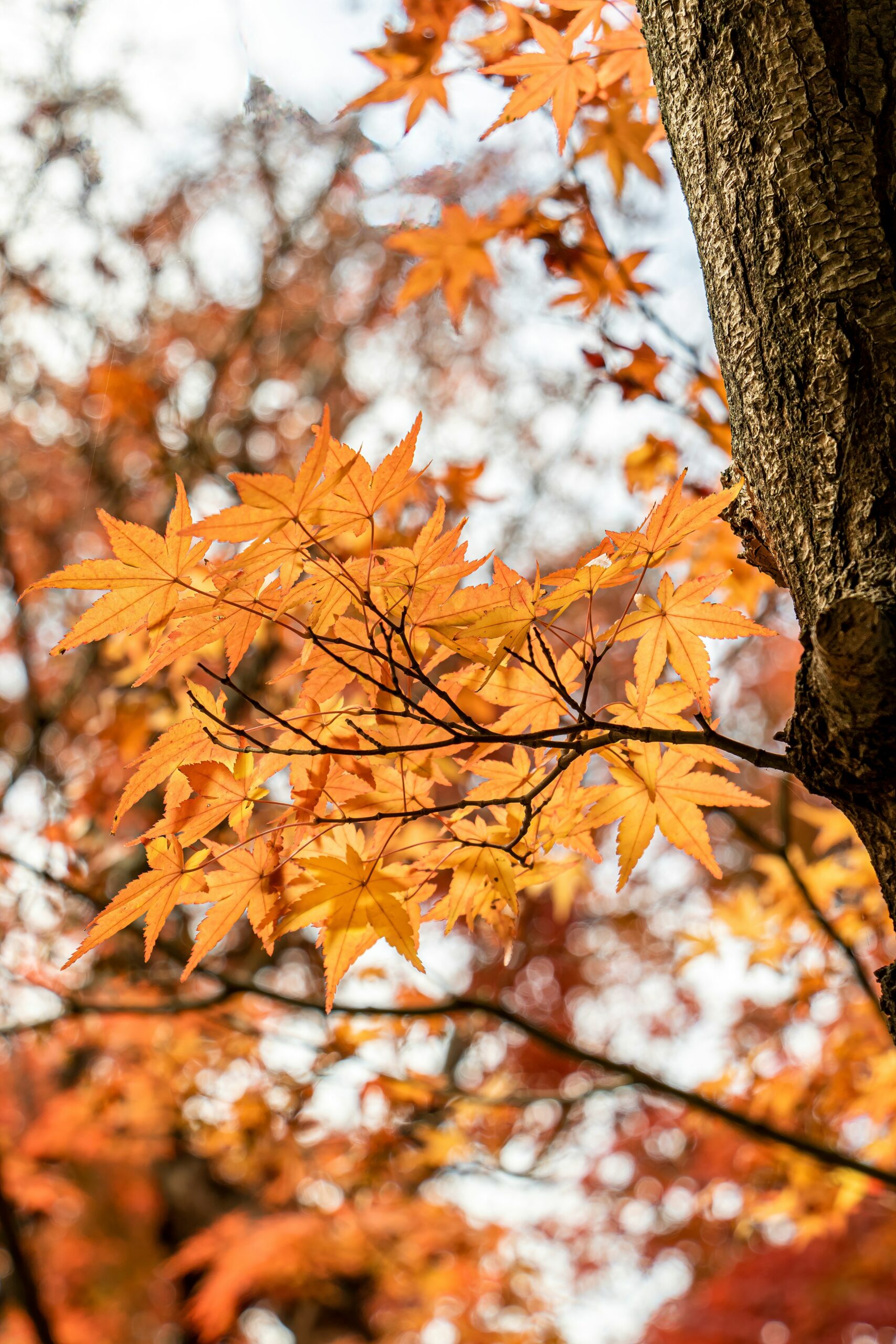
Date December 04, 2024
Category
Trees are vital to Grapevine’s lush landscapes, providing beauty, shade, and environmental benefits. However, maintaining these benefits requires regular attention to tree health. Scheduling routine tree health assessments like those provided by TreeNewal in Grapevine ensures that potential issues are detected early, preventing costly damage and extending the lifespan of your trees.
In this article, we’ll explore why regular assessments are essential, the benefits they bring, and how they contribute to vibrant, healthy trees in your community.

Why Tree Health Assessments Matter
Detecting Problems Early
One of the primary reasons for conducting tree health assessments is the early detection of problems. Issues like diseases, pest infestations, or structural weaknesses can often go unnoticed until they become severe. Regular assessments help identify:
- Fungal infections: Spotting discoloration, growths, or decay in time to prevent spread.
- Pest activity: Detecting infestations of bagworms, aphids, or borers before they damage the tree.
- Structural weaknesses: Identifying cracks, splits, or leaning trees that pose safety hazards.
Proactive care ensures minor issues don’t escalate into costly emergencies.
Preserving Grapevine’s Tree Canopy
Grapevine’s tree canopy plays a significant role in the city’s charm and sustainability. Healthy trees contribute to:
- Improved air quality.
- Cooler urban temperatures through shade.
- Stormwater management by reducing runoff.
Routine assessments protect these benefits by keeping trees healthy and preventing unnecessary loss.
Benefits of Regular Tree Health Assessments
1. Improved Tree Longevity
Healthy trees live longer, providing benefits for decades. By addressing issues promptly, assessments:
- Prevent the spread of diseases.
- Support proper nutrient absorption.
- Strengthen the tree’s structure.
Investing in assessments is an investment in the future of your landscape.
2. Enhanced Property Value
Well-maintained trees significantly boost curb appeal and property value. A professional tree health assessment ensures:
- Trees are aesthetically pleasing and structurally sound.
- Diseased or dying trees are removed before they detract from your property’s appearance.
- New trees are strategically planted to complement the landscape.
3. Safety for People and Property
Overgrown, weakened, or diseased trees can pose risks to nearby structures and people. Regular assessments:
- Identify hazardous branches or trees that could fall during storms.
- Recommend pruning or removal to prevent accidents.
- Ensure compliance with local safety regulations.
4. Environmental Benefits
Healthy trees are better equipped to perform essential environmental functions, such as:
- Absorbing carbon dioxide and releasing oxygen.
- Reducing soil erosion.
- Providing habitats for local wildlife.
By keeping your trees healthy, you’re contributing to a sustainable Grapevine ecosystem.
Key Elements of a Tree Health Assessment
A comprehensive tree health assessment involves several steps. Certified arborists evaluate various factors to determine a tree’s overall condition.
Visual Inspection
The first step is a thorough visual inspection, where arborists look for:
- Leaf discoloration or defoliation.
- Fungal growth or decay on the trunk or roots.
- Insect damage or signs of infestations.
- Structural issues like cracks or leaning.
Soil Analysis
Healthy soil is essential for tree vitality. Assessments may include:
- Testing soil pH and nutrient levels.
- Evaluating drainage and compaction.
- Identifying any chemical imbalances.
Tree Structure and Stability
Arborists assess the tree’s structure to identify potential safety risks:
- Examining the trunk and branches for cracks or cavities.
- Testing the root system for stability.
- Identifying branches that may need pruning to prevent overgrowth or imbalance.
Pest and Disease Diagnosis
Trees in Grapevine are susceptible to various pests and diseases. Arborists use their expertise to:
- Identify early signs of oak wilt, powdery mildew, or root rot.
- Recommend treatments or preventative measures.
- Suggest resistant tree species for future plantings.
Grapevine-Specific Tree Challenges
The Grapevine climate poses unique challenges to tree health, including:
- Drought stress: Prolonged dry periods can weaken trees, making them susceptible to pests and diseases.
- Heavy storms: Wind and rain can damage branches or uproot unstable trees.
- Urban development: Construction can disturb root systems or compact soil, stressing trees.
Regular assessments help mitigate these risks by providing tailored care for the local environment.
Tips for Maintaining Tree Health Between Assessments
While professional tree health assessments are essential, homeowners can take steps to support their trees’ health year-round.
1. Water Wisely
Proper watering is crucial, especially during Grapevine’s hot summers.
- Water deeply but infrequently to encourage strong root growth.
- Focus on young or newly planted trees, as they need more care.
2. Mulch Strategically
Mulching helps retain soil moisture and regulate temperature.
- Apply a 2–3-inch layer around the base, avoiding direct contact with the trunk.
- Refresh mulch annually for maximum benefits.
3. Prune Regularly
Pruning improves air circulation, sunlight exposure, and overall tree structure.
- Remove dead or diseased branches promptly.
- Avoid over-pruning, as it can stress the tree.
4. Monitor for Pests and Diseases
Inspect your trees regularly for signs of infestation or illness, such as:
- Discolored or wilting leaves.
- Visible insects or webbing.
- Growths or spots on the bark.
5. Plant Smart
Choose tree species that thrive in Grapevine’s climate and soil conditions. Popular options include:
- Live Oaks: Durable and drought-resistant.
- Cedar Elms: Hardy and adaptable to various environments.
- Redbuds: Beautiful flowering trees suited for smaller spaces.
Proper species selection reduces maintenance and increases the likelihood of long-term health.
Why Hire a Professional Arborist in Grapevine?
Certified arborists bring expertise, tools, and experience that homeowners often lack. Professional services ensure:
- Accurate diagnosis and treatment of tree issues.
- Safe pruning and removal practices.
- Compliance with Grapevine’s local regulations.
Hiring a trusted arborist is the best way to protect your trees and enhance their longevity.
Regular tree health assessments in Grapevine are essential for preserving your trees’ vitality, beauty, and safety. By detecting diseases early and ensuring structural stability, these assessments offer peace of mind and long-term value for your landscape.
Healthy trees not only elevate your property’s aesthetics but also contribute to a greener, more sustainable community. Whether you’re caring for a single tree or an entire canopy, consistent, professional care is the key to maintaining vibrant, resilient trees.
Trust TreeNewal, proudly serving the Dallas and Fort Worth Metroplex since 2017, for expert tree health assessments. Contact TreeNewal today to schedule your assessment and ensure your trees thrive for years to come. Let our certified arborists protect your investment and enhance the beauty of Grapevine’s urban forest.
